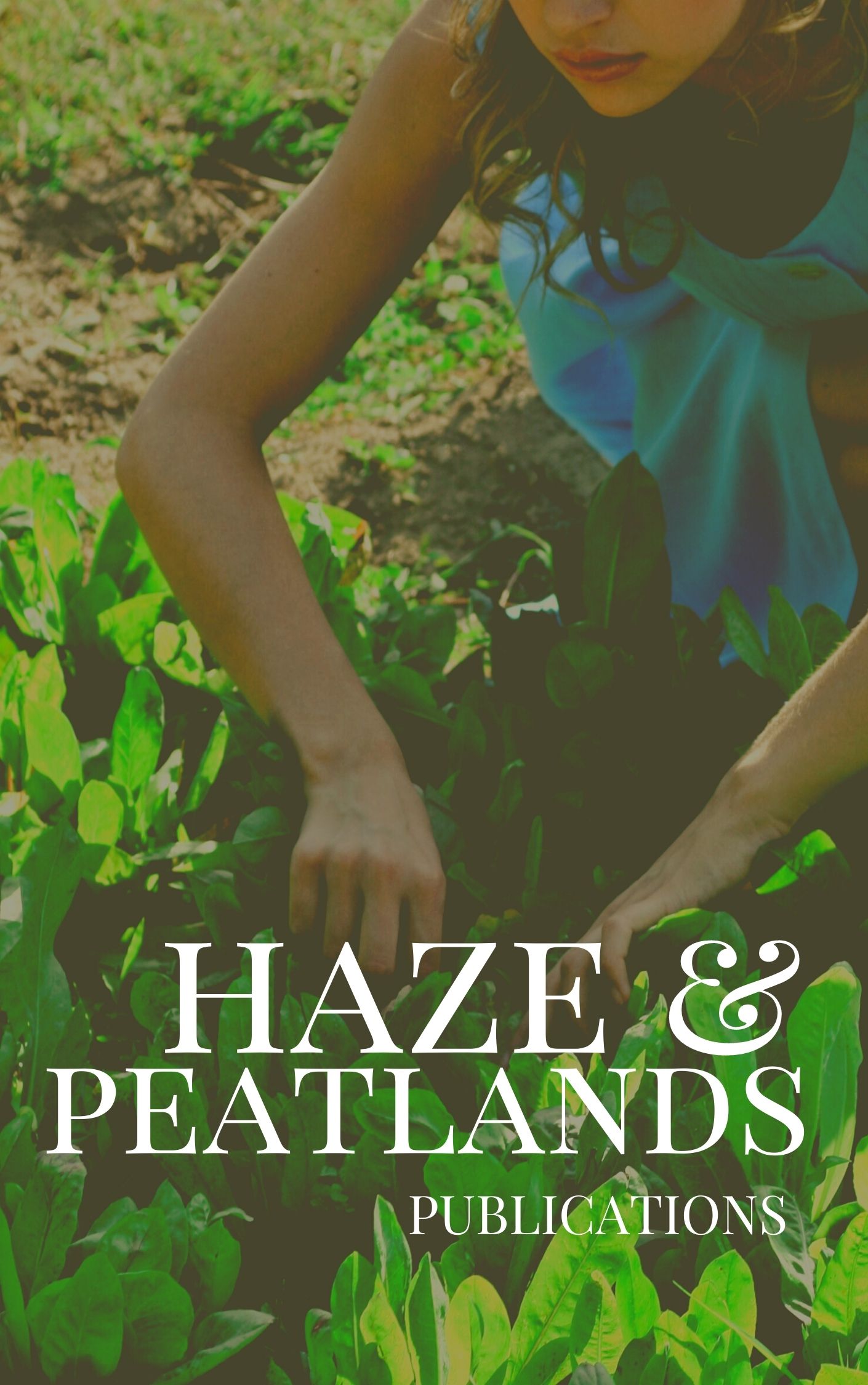Present tropical peat deposits are the outcome of net carbon removal from the atmosphere and form one of the largest terrestrial organic carbon stores on the Earth. Reclamation of pristine tropical peatland areas in Southeast Asia increased strikingly during the last half of the 20th century. Drainage due to land-use change is one of the main driving factors accelerating carbon loss from the ecosystem. Dams were built in drainage-affected peatland area canals in Central Kalimantan, Indonesia, in order to evaluate major patterns in gaseous carbon dioxide and methane fluxes and in peat hydrology immediately before and after hydrologic restoration. The sites included peat swamp forest and deforested burned area, both affected by drainage for nearly 10 years. Higher annual minimum soil water table levels prevailed on both sites after restoration; the deforested site water table level prevailed considerably longer near the peat surface, and the forest water table level remained for a longer period in the topmost 30 cm peat pro. le after restoration. Forest soil gas fluxes were clearly higher in comparison to the deforested area. Cumulative forest floor CO2 emissions (7305-7444 g.m-(2).yr(-1); 166.0-169.2 mol CO2.m(-2).yr(-1)) and the deforested site CO2 emissions (2781-2608 g.m(-2).yr(-1); 63.2-59.3 mol CO2.m(-2).yr(-1)) did not markedly reflect the notably differing hydrological conditions the year before and after restoration. The forest floor was a weak CH4 sink (-0.208 to -0.368 g.m(-2).yr(-1); -13.0 to -22.9 mmol CH4.m(-2).yr(-1)) and the deforested site a comparable CH4 source (0.197-0.275 g.m(-2).yr(-1); 12.3-17.1 mmol CH4.m(-2).yr(-1)) in the study period. In general, higher soil water table levels had a relatively ;small effect on the annual CH4 emission budgets. In the two site types the gas flux response into hydrological conditions in degraded tropical peat can be attributed to differing CO2 and CH4 dynamics, peat physical characteristics, and vegetation.
View source

